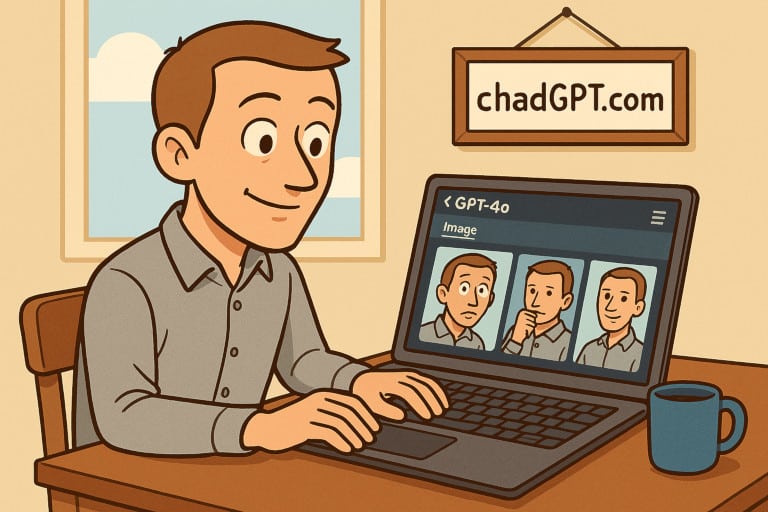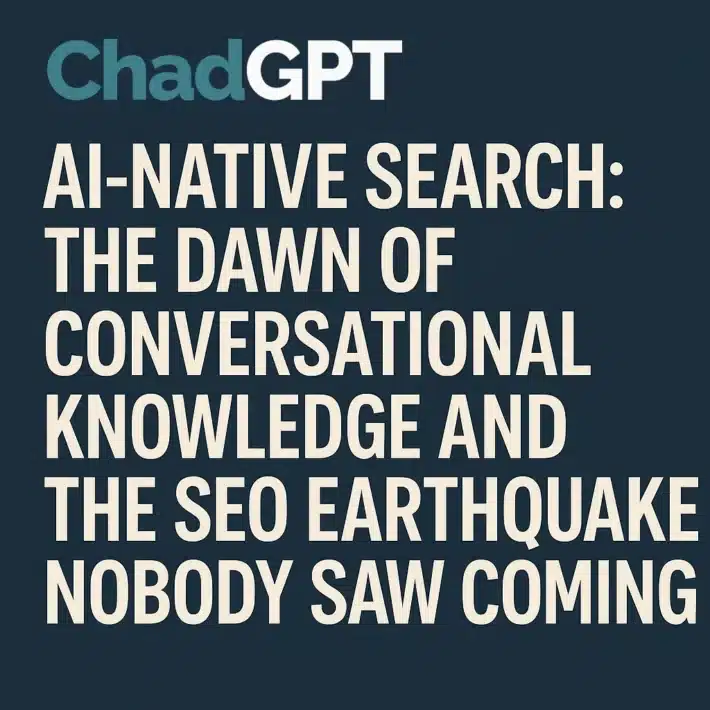OpenAI’s New Image Generator: The Game-Changer Everyone’s Talking About

Hey, Chad here. Buckle up: OpenAI just dropped a bombshell with its latest image generator powered by the GPT-4o model. It’s now available to everyone. Whether you’re a subscriber or just cruising on the free tier of ChatGPT, you can now unleash your inner digital Picasso. Let me walk you through why this is huge and how it’s already shaking things up.

Read the Official Announcement>> Introducing 4o Image Generation
From Exclusive to Universal: OpenAI Levels the Playing Field
Until recently, OpenAI’s image generation tool was locked behind a paywall, reserved for those who subscribed to ChatGPT. But in a surprising twist, CEO Sam Altman announced on X (formerly Twitter) that the feature is now accessible to all users—free plan included. However, there’s a catch for free-tier users: you’re limited to generating three images per day. Not ideal if you’re planning to churn out an entire portfolio, but hey, it’s free, so no complaints here (2).
This move comes as part of OpenAI’s broader push to democratize AI tools. With 500 million active users and 700 million monthly users on ChatGPT, the company seems keen on making its cutting-edge tech available to as many people as possible.
Melting GPUs and Studio Ghibli Vibes
Let’s talk about the launch because it was nothing short of chaotic brilliance. Within hours of rolling out the tool, demand skyrocketed to such an extent that Altman joked about their GPUs “melting” under the pressure. That’s what happens when you drop a feature that lets people create stunning visuals with just a few prompts (4).
One standout capability? The tool can generate images in styles reminiscent of Studio Ghibli—the beloved Japanese animation studio known for its dreamy aesthetics. While this has sparked excitement among fans, it also raises some thorny questions about copyright and how OpenAI trained its model. Did they use Ghibli-inspired data without permission? The jury’s still out on that one (5).
A Playground for Creativity—and Controversy
The GPT-4o-powered image generator isn’t just about pretty pictures; it’s a beast when it comes to functionality. You can edit images seamlessly, integrate features from uploaded photos into new creations, and even produce photorealistic visuals. Think HDR camera emulation and jaw-dropping detail intensity (6).
But as with any groundbreaking tech, there are downsides. Some users have already exploited the tool to create fake receipts and counterfeit documents—a troubling trend that OpenAI is trying to curb by embedding metadata into all generated images. This metadata acts as a digital fingerprint, making it easier to identify AI-generated content and enforce policy violations (6).
Everyone Really Is Talking About It
What Makes GPT-4o Different?
Let me geek out for a second because GPT-4o isn’t your average AI model—it’s omnimodal. In plain English, this means it can handle text, images, audio, and even video like a pro. One of its standout features is “binding,” which ensures that attributes in generated images stay consistent. For example, if you ask for a blue star next to a red triangle, you’ll actually get what you asked for—no weird mix-ups like in older models (3).
This precision opens up endless possibilities for creating complex visuals with multiple elements while maintaining spatial coherence. Whether you’re designing infographics or visualizing concepts discussed in chat sessions, GPT-4o has your back (6).
A $300 Billion Powerhouse
If you thought OpenAI was already at the top of its game, think again. The company recently secured $40 billion in funding led by SoftBank, pushing its valuation to a jaw-dropping $300 billion. With backing like this, OpenAI is poised to dominate not just AI image generation but the entire tech landscape.
What Does This Mean for Artists and Designers?
Here’s where things get dicey. While OpenAI touts the practical applications of its image generator—logos, posters, business cards—you can’t ignore the elephant in the room: what happens to human artists? Critics have long warned about AI disrupting creative industries, and this latest advancement only adds fuel to the fire (6).
Sure, AI tools are great for efficiency and accessibility, but they also raise ethical questions about originality and fair compensation for creative work.
The Future of AI Image Generation
Looking ahead, OpenAI plans to refine its training methods and expand ChatGPT’s capabilities even further. This includes loosening restrictions on controversial prompts—a move that could spark both innovation and backlash (5). Whether this evolution leads to greater inclusivity or more ethical dilemmas remains to be seen.
For now, though, one thing is clear: GPT-4o has set a new benchmark for what AI can achieve in visual storytelling.

[…] Read More>> OpenAI’s New Image Generator: The Game-Changer Everyone’s Talking About […]